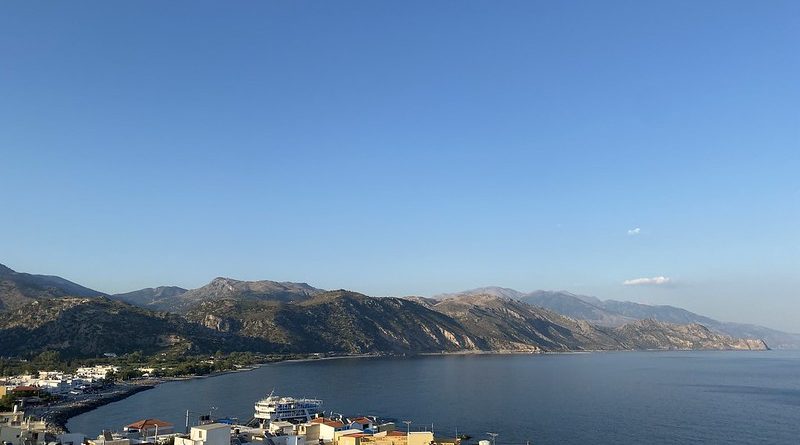Europe’s Most Over Touristed Places
With travellers returning to the roads , rail and skies with a vengeance after Covid 19 , the problems surrounding over tourism in some of Europe’s most popular tourist destinations is returning too, particularly in the peak summer months.
Europe is the world’s most visited region welcoming 585 million of the world’s 900 million travellers in 2022.
The World Tourism Organization (UNWTO) defines overtourism as “the impact of tourism on a destination, or parts thereof, that excessively influences perceived quality of life of citizens and/or quality of visitor experiences in a negative way”.
Literally overrun by tourists, a number of the most iconic destinations have become unlivable for local residents and overcrowded, unsafe and uncomfortable for visitors. The beauty, serenity and simplicity of many of the most bucolic and sought-after destinations in Europe can’t survive millions of annual arrivals.
Overtourism is already so acute that popular destinations are now doing the unthinkable, and actively trying to dissuade or block arrivals,” writes The Guardian. “The world’s most perfect places are being turned into backdrops for our tourist selfies. Mass tourism is turning destinations into the opposite of what they once were.” traffic, noise, pollution and litter, many popular destinations in Europe are swapping their ‘come-to-us’ tourism campaigns for ‘please-don’t’ anti-tourism strategies — and some of the measures to discourage visitors are quite severe.
Here is our list of the most threatened cities and attractions in Europe
- Alhambra, Granada: It’s now only possible to visit this grand thousand year old Moorish palace in Granada with a timed ticket bought on line sometimes days in advance
- Venice: There is an on going debate about the impact of cruise ships which residents say are ruining the city, large parts of which sometimes resemble an open air museum come theme park.Authorities introduced a tourist tax in 2020 and have tested the use of turnstiles on those entering St Marks Square.
- Louvre,Paris: Workers here recently threatened to strike because of over crowding at the iconic museum despite the introduction of timed ticketing
- Amsterdam: Authorities have introduced a tourist tax given the sheer volume of visitors clogging up the central part of the city .In 2018 there were more than 19 million tourists thronging a warren of narrow streets and alleyways that are home to 850,000 people,
- Florence: Air BnB rentals are blamed for changing the makeup of the historic centres of some of Europe’s great cities.Florence is banning new short-term private vacation rentals in its historic center, which is a Unesco protected heritage site.
- The Colloseum, Rome: Like the Alhambra visits are now only possible with pre booked times tickets bought online . Elsewhere in Rome, Authorities have made it illegal to sit on The Spanish Steps handing out 500 dollar fines for violators. They have also started charging entry fees to visit the Pantheon in an effort to control the crowds and protect the famous architectural marvel.
- Park Guell, Barcelona: A decade ago , 9,000,000 visitors annually were touring Park Guell ,the modernist decorated and encrusted park with extraordinary views over the city, thst officials limited entry to the park to 800 an hour.The New Yorker said, “Park Güell’s shift from a shared public space into a cultural zone occupied almost exclusively by tourists is understood by some worried residents of Barcelona as a story about the prospective fate of the city itself.The city receives 30 million tourists a year.
- Santorini, Greece: Here cruise ship visitors have been capped at 8000 per day due to overtourism after years in which the island of 15,000 residents was receiving up to 18,000 tourists per day.In Athens , tourists are waiting more than two hours to visit the Acropolis and timed tickets are being introduced.




